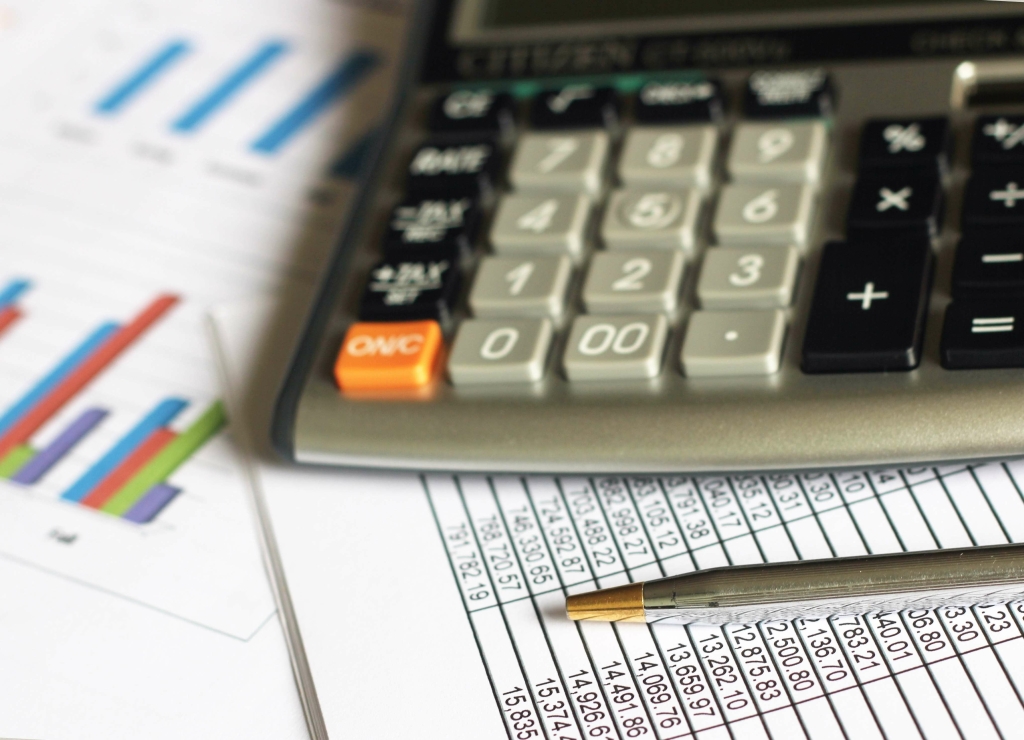
The trial balance is a listing of a company’s accounts and their balances after all transactions of an accounting period have been recorded. Some of the company accounts will not adequately reflect their true balance at the time, and adjustments will need to be made. The unadjusted trial balance is a listing of the company’s accounts and their balances after all the transactions of an accounting period have been recorded. This report, in conjunction with the adjusting entries, is used on a multicolumn worksheet to create the adjusted trial balance. The adjusted trial balance is the first step towards creating accurate, GAAP compliant financial statements.
- As with the unadjusted trial balance, transferring information from T-accounts to the adjusted trial balance requires consideration of the final balance in each account.
- You may notice that dividends are included in our 10-column
worksheet balance sheet columns even though this account is not
included on a balance sheet. - The five column sets
are the trial balance, adjustments, adjusted trial balance, income
statement, and the balance sheet. - If they aren’t equal, the trial balance was prepared incorrectly or the journal entries weren’t transferred to the ledger accounts accurately.
The five column sets are the trial balance, adjustments, adjusted trial balance, income statement, and the balance sheet. After a company posts its day-to-day journal entries, it can begin transferring that information to the trial balance columns of the 10-column worksheet. adjusted trial balance example The first method is similar to the preparation of an unadjusted trial balance. However, this time the ledger accounts are first updated and adjusted for the end-of-period adjusting entries, and then account balances are listed to prepare the adjusted trial balance.
Quick Points of Differences Between Trial Balance and an Adjusted Trial Balance
The adjusting entries in the example are for the accrual of $25,000 in salaries that were unpaid as of the end of July, as well as for $50,000 of earned but unbilled sales. The adjusting entries for the first 11 months of the year 2015 have already been made. What do you do if you have tried both methods and neither has worked? Unfortunately, you will have to go back through one step at a time until you find the error. This credit card is not just good – it’s so exceptional that our experts use it personally. It features a lengthy 0% intro APR period, a cash back rate of up to 5%, and all somehow for no annual fee!

Both US-based companies and those headquartered in other countries produce the same primary financial statements—Income Statement, Balance Sheet, and Statement of Cash Flows. Ending retained earnings information is taken from the statement of retained earnings, and asset, liability, and common stock information is taken from the adjusted trial balance as follows. Let’s now take a look at the T-accounts and unadjusted trial balance for Printing Plus to see how the information is transferred from the T-accounts to the unadjusted trial balance. As you can see by the adjusted trial balance example above, some of the account totals have now been updated. In this example, the adjusted trial balance shows the changes that affected both the rent and depreciation accounts. An adjusted trial balance is prepared using the same format as that of an unadjusted trial balance.
Balance Sheet
This data provides the foundation for your financial statements, but it does not break down transactions by accounting cycle. The adjusted trial balance is the key point to ensure all debits and credits are in the general ledger accounts balance before information is transferred to financial statements. Budgeting for employee salaries, revenue expectations, sales prices, expense reductions, and long-term growth strategies are all impacted by what is provided on the financial statements. Preparing an unadjusted trial balance is the fourth step in the accounting cycle. A trial balance is a list of all accounts in the general ledger that have nonzero balances.
You may balance your assets against your cash by inputting all transactions in this manner, giving you a more realistic picture of your financial situation. You may notice that dividends are included in our 10-column
worksheet balance sheet columns even though this account is not
included on a balance sheet. There is
actually a very good reason we put dividends in the balance sheet
columns. In
these columns we record all asset, liability, and equity
accounts. Once the trial balance information is on the worksheet, the next
step is to fill in the adjusting information from the posted
adjusted journal entries.

